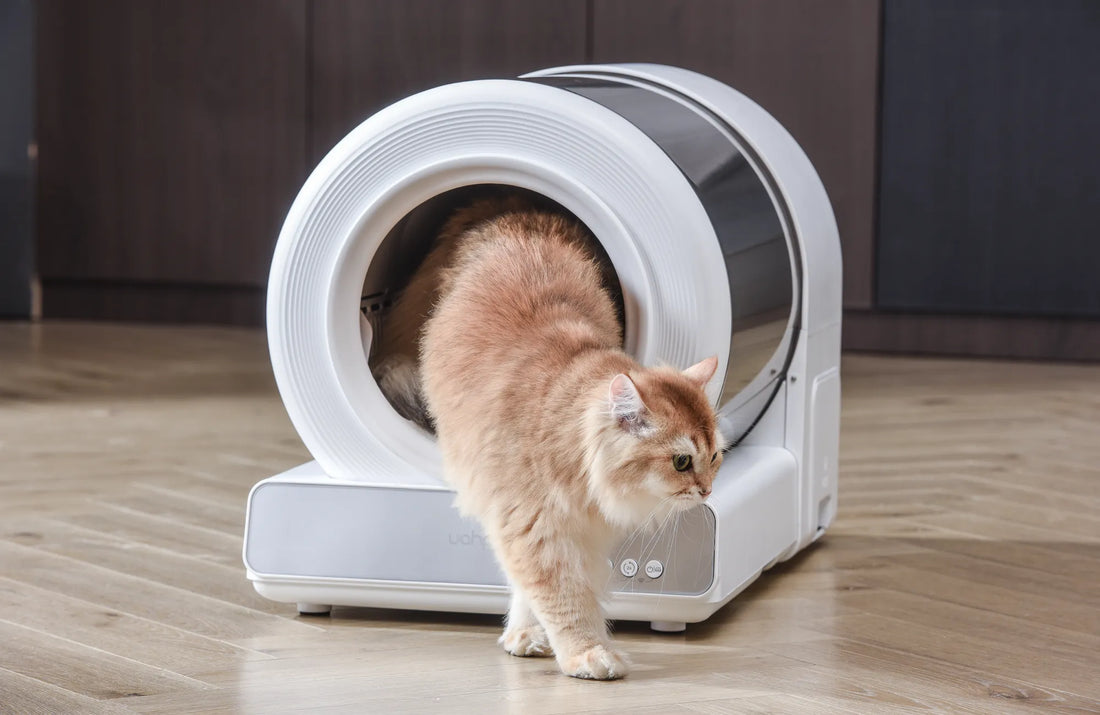Introducing an automatic litter box to your cat can be a game-changer for both you and your feline friend. However, cats are creatures of habit, and transitioning to a new litter box system can sometimes be challenging. This guide will walk you through the steps to ensure your cat adapts smoothly and confidently to their new automatic litter box.
Understanding Your Cat's Behavior
Cats are naturally cautious animals, and any change in their environment can cause stress or hesitation. Before introducing an automatic litter box, it's essential to understand your cat's behavior and preferences. Observe how your cat interacts with their current litter box, including their preferred type of litter, the location of the box, and their routine. This information will help you make the transition as seamless as possible.
Choosing the Right Automatic Litter Box
Not all automatic litter boxes are created equal, and selecting the right one for your cat is crucial. Consider factors such as size, noise level, and ease of cleaning. Some cats may be sensitive to loud noises, so opting for a quieter model can make the transition smoother. Additionally, ensure the litter box is spacious enough for your cat to move around comfortably.
Gradual Introduction is Key
Abruptly replacing your cat's current litter box with an automatic one can lead to resistance. Instead, introduce the new box gradually. Place the automatic litter box next to the existing one and allow your cat to explore it at their own pace. You can even sprinkle some of their old litter into the new box to make it smell familiar. Over time, your cat will start to associate the new box with their bathroom routine.
Positive Reinforcement
Encouraging your cat to use the automatic litter box can be achieved through positive reinforcement. Whenever your cat uses the new box, reward them with treats, praise, or affection. This will create a positive association with the automatic litter box and motivate them to use it consistently. Avoid scolding or punishing your cat if they have accidents, as this can cause anxiety and delay the transition process.
Maintaining Cleanliness
One of the primary benefits of an automatic litter box is its ability to maintain cleanliness. However, it's still essential to monitor and clean the box regularly. Cats are naturally clean animals, and a dirty litter box can deter them from using it. Follow the manufacturer's instructions for cleaning and maintenance to ensure the box remains hygienic and appealing to your cat.
Addressing Potential Challenges
Some cats may take longer to adapt to an automatic litter box than others. If your cat seems hesitant or refuses to use the new box, consider troubleshooting the issue. Ensure the box is placed in a quiet, accessible location and that the litter type is suitable for your cat's preferences. If necessary, consult with a veterinarian or a feline behaviorist for additional guidance.
Patience and Persistence
Transitioning your cat to an automatic litter box requires patience and persistence. Every cat is unique, and the time it takes for them to adapt can vary. Stay consistent with the introduction process and continue to provide positive reinforcement. With time and effort, your cat will likely embrace their new litter box and enjoy the benefits it offers.
Helping your cat adjust to an automatic litter box doesn't have to be a daunting task. By understanding your cat's needs, choosing the right box, and implementing gradual changes, you can make the transition smooth and stress-free. Your cat will soon appreciate the convenience, and you'll enjoy a cleaner, more efficient litter box system. Start the journey today and see the difference it makes for both you and your feline companion!













